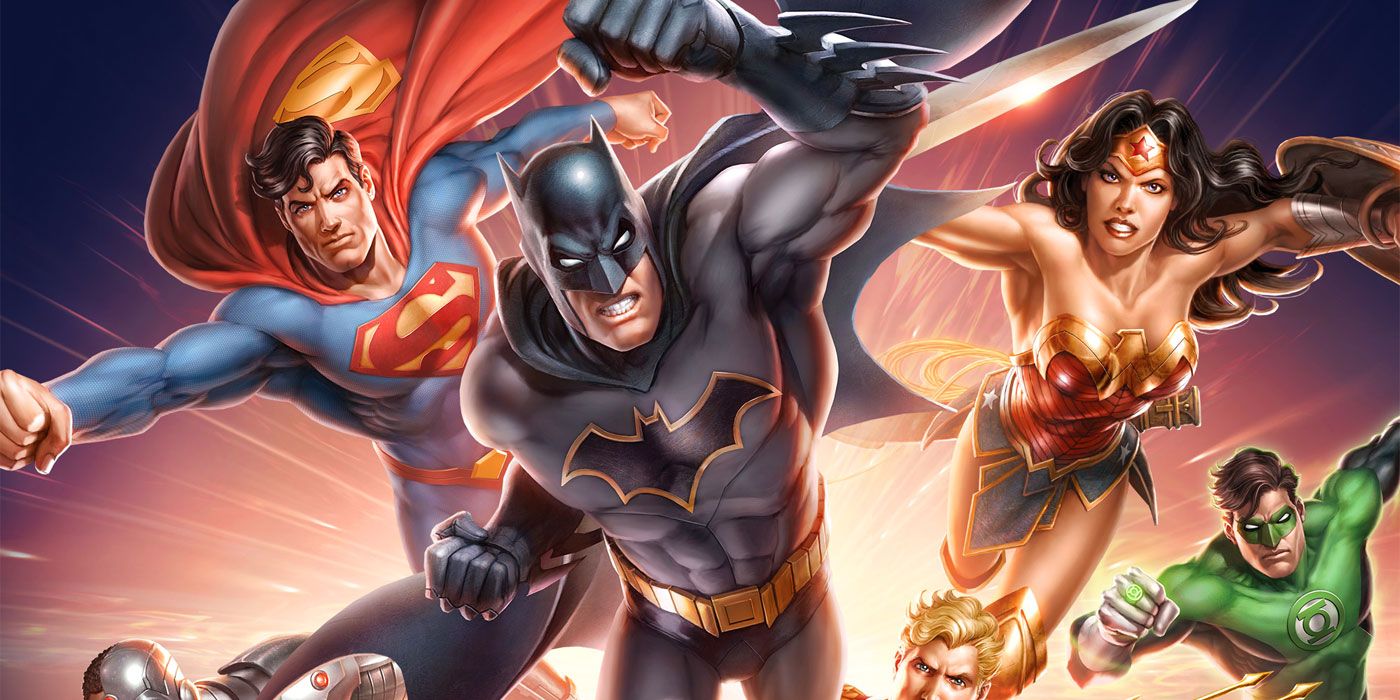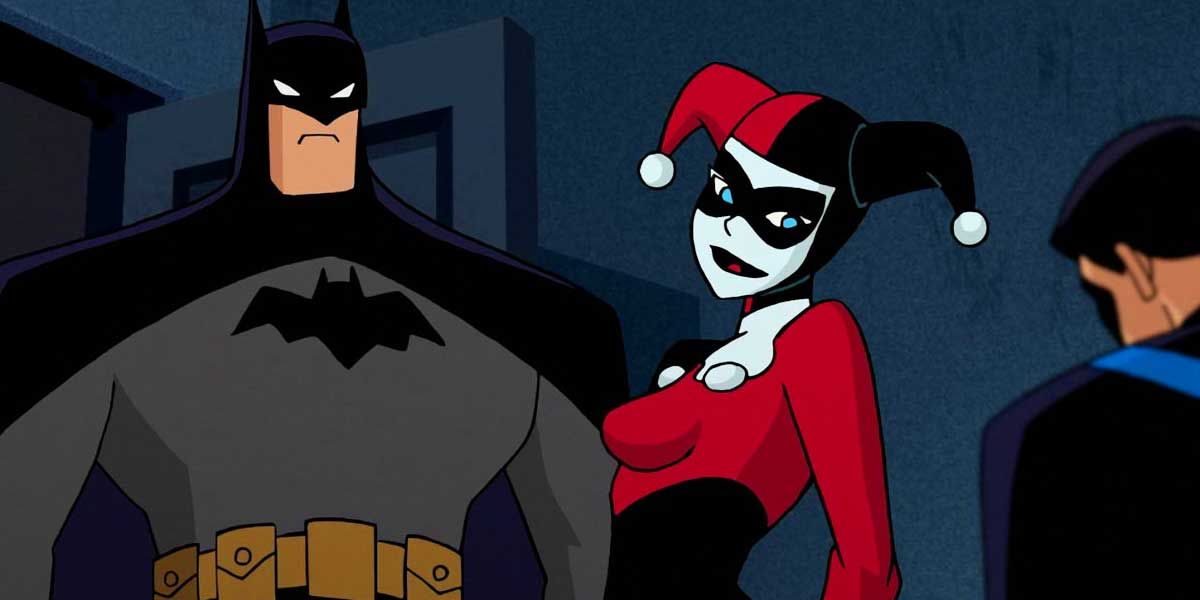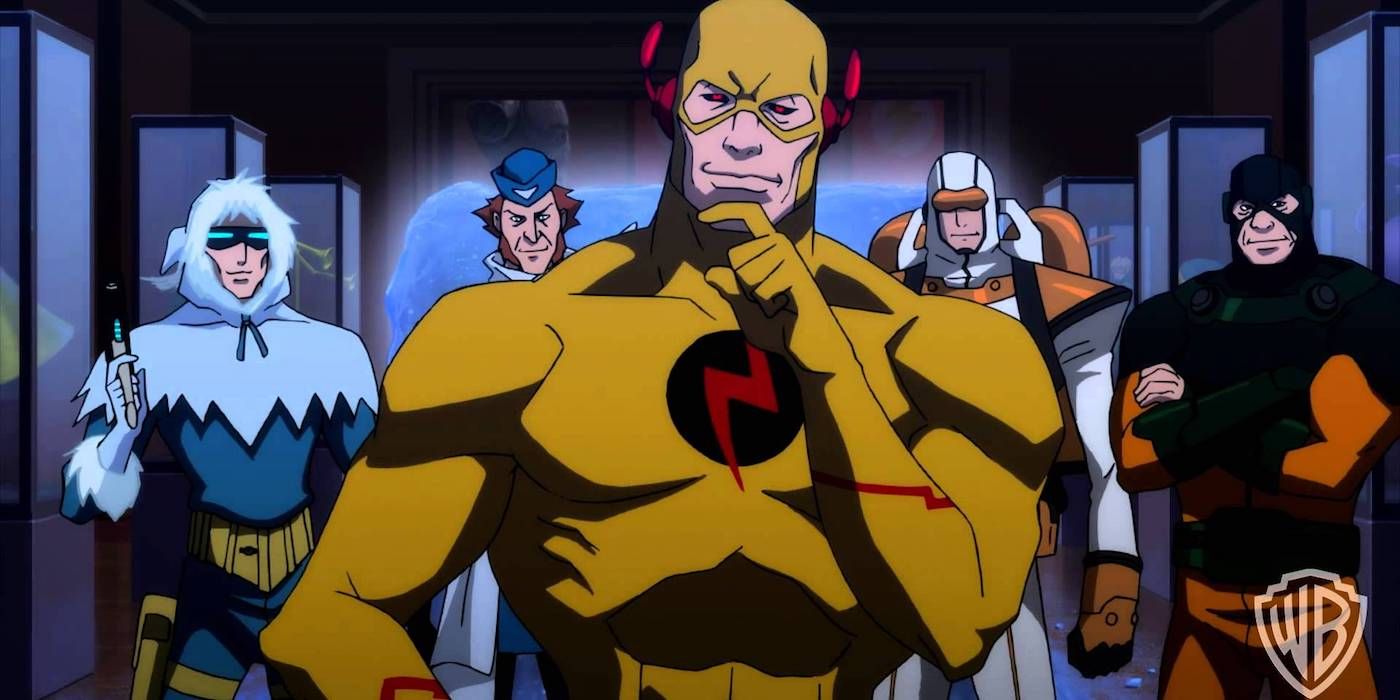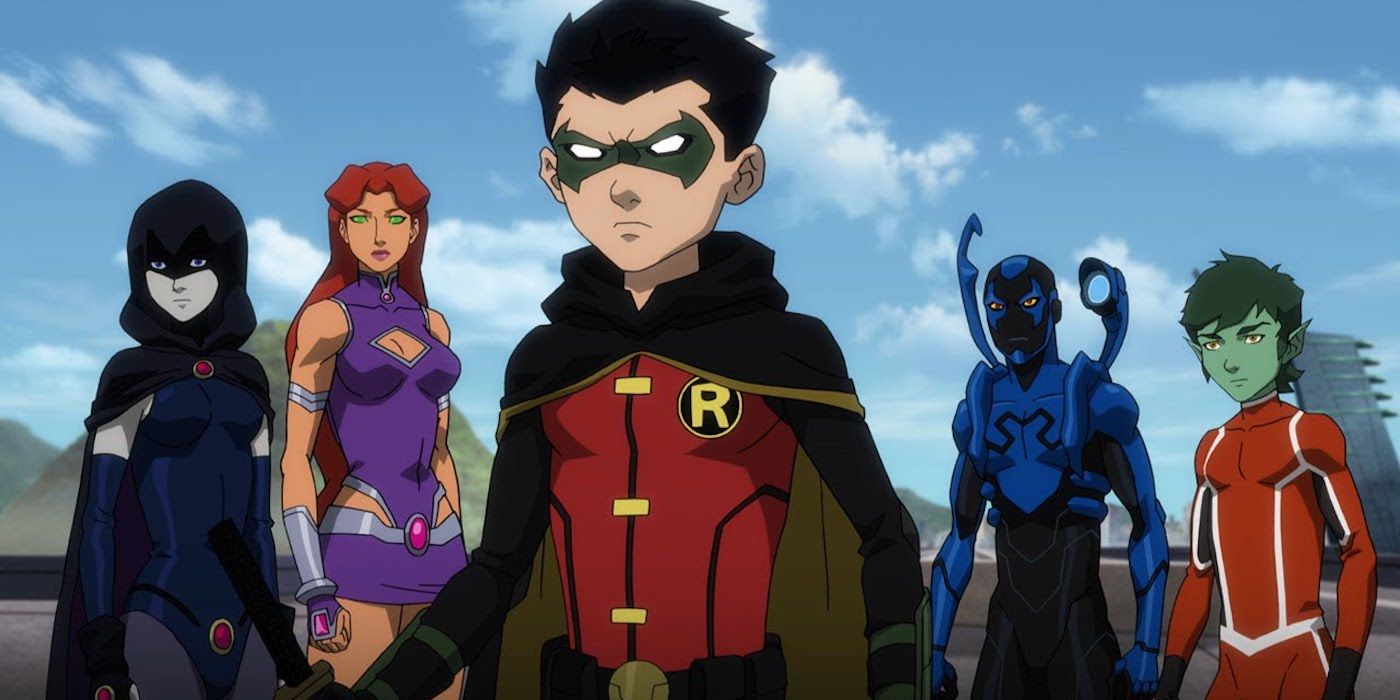Warner Bros. Home Entertainment celebrated ten years of animated DC Universe Original Movies on Thursday, July 20 at Comic-Con International in San Diego.
Moderated by Gary Miereanu, the panel featured producers Bruce Timm and James Tucker, producer/screenwriters Alan Burnett and Jim Krieg, and voice actors Kevin Conroy, Tara Strong, John DiMiggio, Vanessa Marshall, and Christopher Gerban, reminiscing over the 30 films produced over the last decade.
The panel began with the announcement of Burnett’s impending retirement. To celebrate his longtime career, he was presented with the Inkpot Award by Comic-Con International’s Director of Programming Eddie Ibrahim.
"This is my favorite panel," Burnett declared.
Looking back at the past ten years, the panel discussed the process it takes to transform a story from page to screen. Originally producing a single movie a year, that output has expanded to releasing two or three movies a year, working on as many as six different projects at any given time.
RELATED: Batman: The Animated Series Voiceover Director Andrea Romano Retires
Keeping up with such a hectic schedule is often a complicated matter as production crews often need to jump to one project or another to stay on schedule. During the production of Batman and Harley Quinn, the crew had to stop work on the film to finish up the latest Teen Titans movie before going back to work on the other project.
"It’s a lot of juggling," Timm admitted. "We’ve tried a lot of different production methods."
On the writing side, Burnett explained that they sit down with Warner Bros. Home Video and DC to figure out what everybody’s needs are for each movie and how best to adapt a comic book into a film.
As for the actors, each has developed their own relationship with their characters and how they approach them over the years. For Conroy, who has been voicing the caped crusader for 25 years, approaching the role of Batman for every new project is still a challenge in its own way.
"The challenge for me through the years has been to maintain Batman," said Conroy. "To maintain the integrity of the character and not let it get stale. You don’t want to phone it in. You’ve got to go to the heart of the character each time."
The actors also described what it was like, as fans of the characters, to get to step into those roles.
"As a nerd, getting to play Wonder Woman was a huge honor," said Marshall. "She’s such an icon."
Garban admitted he hadn’t seen any of the animated films before becoming the voice of the Flash, but has happily caught up since taking on the role.
RELATED: Warner Bros. Still Open to R-Rated DC Animated Movies
"I was blown away by how great it is. These are really good movies," said Marshall. "The animated movies, at least until recently, I thought were better than the live-action DC movies."
Sometimes even the filmmakers aren’t able to anticipate which movies become a hit though.
"The ones that we think are sometimes the best aren’t necessarily ones that the fans think are the best, and vice versa," said Timm, citing Batman: Year One as a movie that the production team really liked, though it received pushback from audiences. "Everybody has their own viewpoint."
For Tucker, The Flashpoint Paradox was a movie that he wasn’t sure how it would be received. "The fans were a little mixed on the book, so we were like, ‘Do we really want to do this?’"
Producing the movie while the comic book was still in production was a unique challenge, as Tucker had to produce storyboards based on the comics as they were being made. However, he was ultimately very pleased with the final result.
"It was amazing," said Tucker. "I would pay to see this... and some of you did."
"That was a long time ago," said Garban. "I think it’s time for another Flash standalone movie, don’t you?"
The Flashpoint Paradox was a unique experience for Marshall as well, who had to play a much more aggressive version of Wonder Woman in the alternate reality story. "It wasn’t as strange to record, oddly, as it was to watch it. I’ve never experienced her being so intense."
RELATED: Every DC Universe Original Movie To Be Collected In A Massive Box Set
For Timm, the level of violence that can be displayed in a PG-13 setting has been a novelty since transitioning from the PG rated adventures of Justice League Unlimited. Timm recalled the world premiere of Superman: Doomsday and the response the movie received after going out of his way to achieve that PG-13 rating. "I think our fans were chopping at the bit for us to really let loose," he recalled. "I’ll never forget this. Doomsday kills a deer in the first act, and the audience went, ‘Yes!’ It was pretty intense."
Opening up the panel to Q&A, the audience lined up to ask their questions about the past and future of DC’s animated features.
Discussing past projects, the producers of the panel shared the behind the scenes details about which comic book stories were the most difficult to adapt to animation. Timm expressed regrets about Justice League: The New Frontier, which he felt had too much material to do justice. "Trying to squeeze it all into one 70 minute movie was not a good idea," he explained.
Tucker encountered the same problem with Teen Titans: The Judas Contract, finding himself forced to trim down subplots in order to focus on the core of the story. "We tried to wedge in nods to those elements of the book, just so the fans know we did read the book," joked Tucker. "But to make a movie it has to be its own thing and it has to work as a movie."
"Usually, six comics equals a good movie," said Burnett. "You go to seven or eight, and you start to have to crunch things; less than six, we need more."
RELATED: 15 DC Universe Animated Original Movies That Need To Be Made
From an artistic standpoint, translating an artist’s style to animation can also be a challenge. "We have to find a way to kind of give the flavor of the original art style without directly translating it," said Timm.
For Justice League: A New Frontier, the animation team worked very closely with the late Darwyn Cooke. However, most of the time they use their own artists to examine the source material and adapt it for animation.
Discussing future movies, the audience had several questions about what’s next for DC’s animated movies, starting with a question about the possibility of a follow up to Gods and Monsters. "We did have something planned, but it kind of got put on the back burner," said Timm. "But I would like to."
Timm likewise expressed an interest of returning to the original DC animated universe at some point down the road, including a revival of Batman Beyond.
"It comes up for discussion every now and again," said Timm. "I think it’s a possibility, someday."
Other characters discussed included Shazam and the Birds of Prey but since Justice League Dark, the door has been opened for more Vertigo characters to get animated treatment as well.
"Justice League Dark was kind of a start to that direction," said Tucker. "Now that they’ve folded some of those characters into the DC Universe, we definitely want to do more Justice League Dark."
Of those Vertigo characters, Sandman in particular has been brought up in discussion. "Don’t get too excited," Timm cautioned, however. "It’s just talk."
While DC fans can look forward to the future of DC’s animated movies, the upcoming DC Universe Original Movies: 10th Anniversary Collection will include the first 30 films in the series and a score of extras, including documentaries, a tribute to Darwyn Cooke, and all of the animated shorts that have appeared alongside the feature films.
The digital collection will be available on August 15, and a physical blu-ray box set will be released on November 7.




